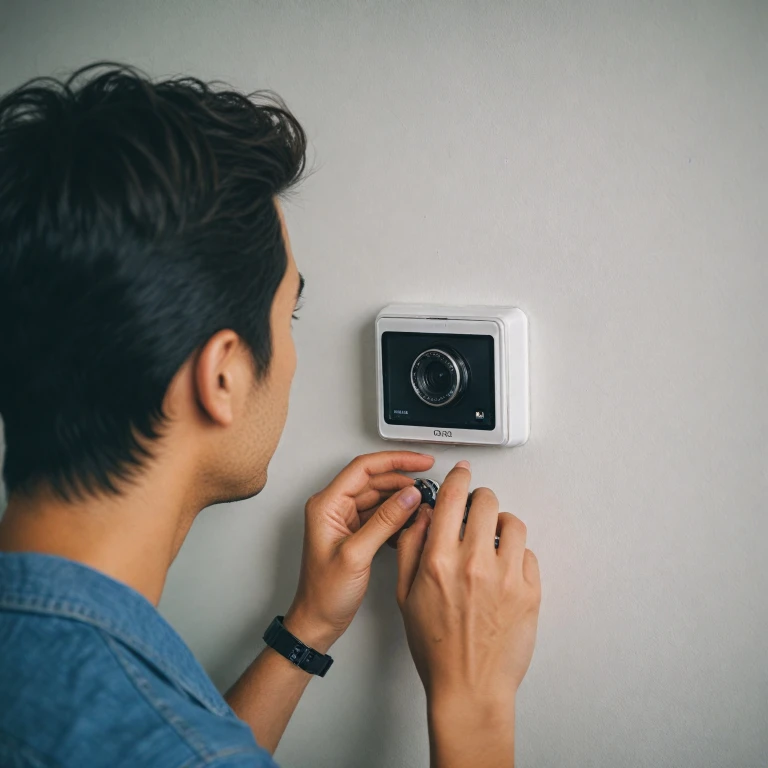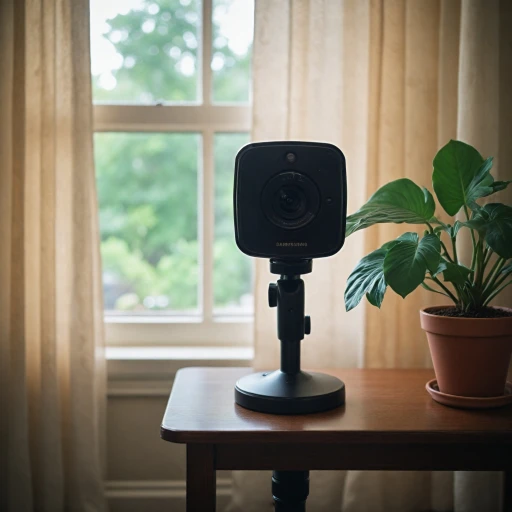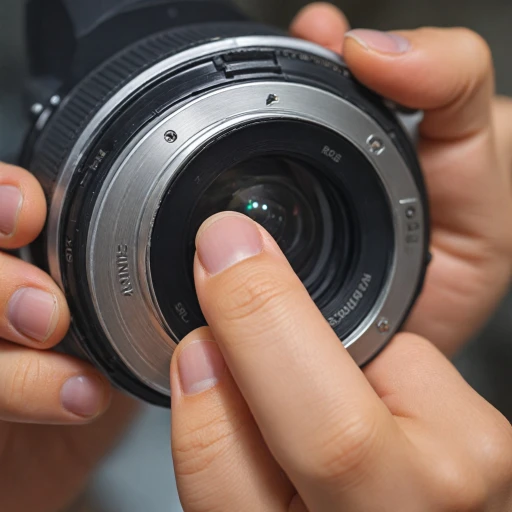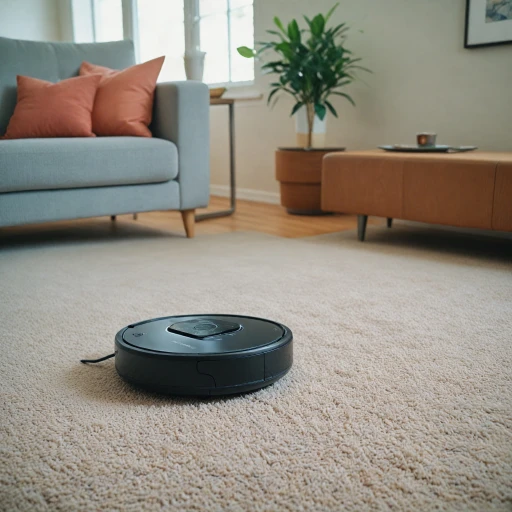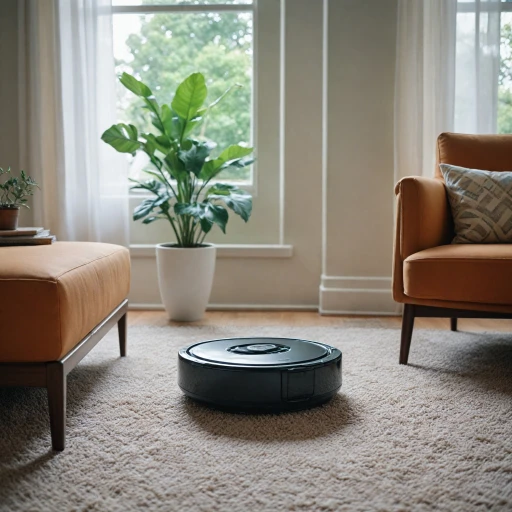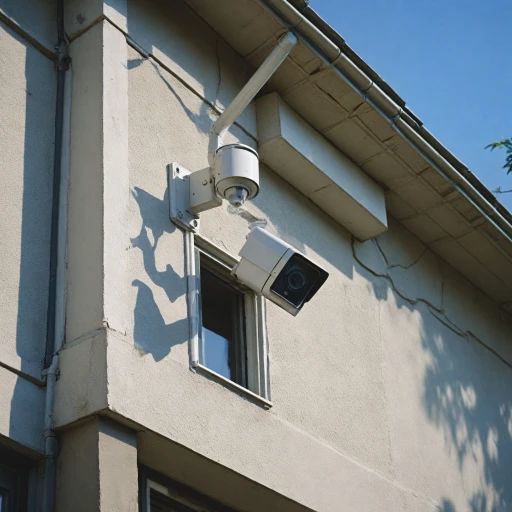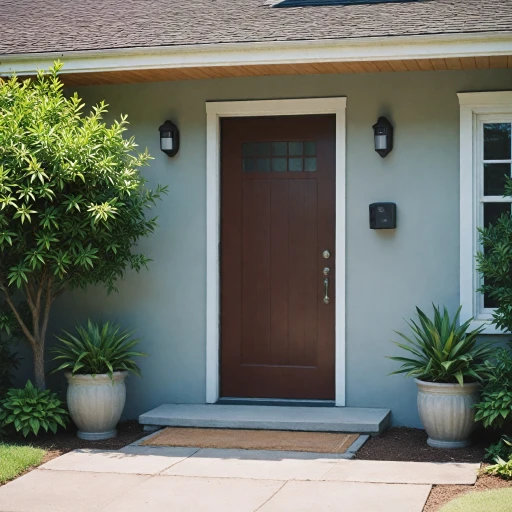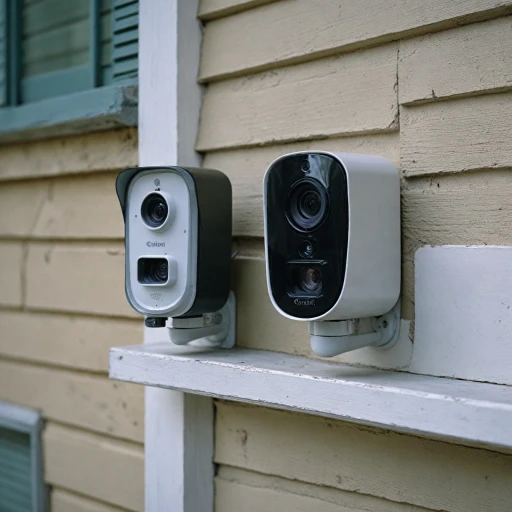Understanding Common Ring Camera Problems
Identifying Frequent Challenges with Ring Cameras
When dealing with a Ring camera issue, it's essential to understand the most common problems users encounter. Some frequent challenges involve connectivity, power, and software. Recognizing these issues can help in effectively resolving them and ensuring your Ring device functions as intended.
Connectivity problems usually stem from a weak wifi network. The ring device might not work correctly if it loses its connection to the router, impacting the camera's ability to record and stream video.
Power-related issues can occur when the camera's power supply is disrupted. Some Ring cameras rely on battery power, and low battery life can cause problems, including the inability to record or live view disruptions. Ensuring adequate power and checking your device's health can often resolve these troubles.
Software issues are another common hurdle. The ring app is crucial for accessing and managing your camera's settings. Outdated software or problems with the app's device settings may result in connection failures or recording errors. Regular updates and app checks can mitigate these challenges.
Finally, the camera's physical setup, such as its placement and environmental factors, can influence its performance. Obstacles like walls or electronic interference might affect the signal strength, while lighting conditions can impact the camera's motion detection capabilities.
For persistent issues, it's vital to approach each problem systematically by examining the network setup, power connections, and software nuances. By doing this, you can often identify and remedy the root cause swiftly.
Checking Your Internet Connection
Connectivity Testing for Network Pros
Experiencing glitches with your Ring camera's live view or video doorbell features can often be traced back to your home network. Strong and stable WiFi signal is vital for smooth operation and to ensure your device isn’t working below its potential. Here’s how you can tackle this:- Assess Signal Strength: Start by checking the WiFi signal strength where your ring device is installed. A weak signal may cause recording lags and disruptions in live view or motion settings execution. Tools within the ring app, like "Device Health," can assist this process by showing signal strength readings.
- Router Placement: Positioning your router closer to the camera is a simple yet effective step. Avoid obstructions like thick walls, which can hamper signal quality. If moving the router isn’t possible, consider adding a network extender.
- Network Traffic: Excessive devices connected to the same network can slow down the cam's connection. If video streaming or large downloads are ongoing, try pausing those activities to see if video performance improves.
- Reboots and Updates: A quick reboot of your router can often reset your network and clear temporary glitches affecting your camera. Additionally, ensure that your ring app is updated to avoid compatibility issues.
- Router Frequency Band: If your router supports dual bands, connect your ring camera to the 2.4GHz band. This band offers better range, even if it has a slightly reduced speed compared to the 5GHz band.
Power Supply and Battery Concerns
Ensuring Your Ring Device Has Reliable Power
When troubleshooting your Ring camera issues, it’s imperative to focus on the power supply as a key factor. The functionality and efficiency of your Ring devices, whether it’s a Ring doorbell, indoor cam, or video doorbell, heavily depend on stable power.- Battery Status: For battery-operated Ring cameras, a critical step is to check the battery level. Make sure the battery is charged adequately and change it if necessary. Low battery can affect video quality, motion detection, and other settings.
- Direct Power Sources: If your Ring devices are hardwired, ensure that the connection is solid and that there is uninterrupted power. Inspect the light pattern on the device ring, which can provide hints about charging issues.
- Temporary Glitches: Restarting your device can sometimes resolve basic power issues. To do a quick reboot, use the Ring app to navigate to device settings and select ‘reboot device’. This simple action can refresh the connection and resolve minor glitches.
- Power Surge and Internet: It’s also worthwhile to consider any power surges that might affect both your power supply and internet network. Ensure that your wifi router and other network components are functioning correctly.
App and Software Troubleshooting
Troubleshoot Your Ring App and Software for Optimal Performance
When encountering issues with your Ring camera, one effective step is to troubleshoot the app and related software settings. These components play a vital role in your camera or doorbell's performance, such as video and audio streaming.- Ensure the Ring App is Updated: Regularly updating the Ring app on your phone or tablet is essential. New updates often include fixes for bugs affecting device functionality. Visit your app store to check for and download available updates.
- Inspect Device Settings: Delve into the device settings within the app. Issues may arise if certain settings aren't configured correctly. Double-check settings related to motion detection and recording to ensure they align with your preferences.
- Review Network Configurations: Confirm that your device is connected to your home WiFi network. A weak signal or incorrect setup could impede both live view and recorded footage. Check the signal strength and consider rebooting the router if connectivity issues persist.
- Test Audio and Video: If audio isn't working correctly, or there's an issue with video clarity, it could be due to settings in the app. Check the audio streaming options and video quality settings in the app to ensure they're set appropriately.
- Reboot your Device: Sometimes a simple turn off and reboot of your Ring camera or other devices like the indoor cam or video doorbell can solve performance issues.
Camera Placement and Environmental Factors
Optimizing Camera Location and Environmental Awareness
Setting up your Ring device in an ideal location is crucial for optimal performance. Improper placement can contribute to a range of issues such as poor signal strength and obstructed motion detection. Here are some tips to ensure your Ring camera functions at its best.- Assess Signal Strength: First, consider the WiFi signal where your camera is placed. A weak signal might cause disruptions in video quality and live view functionality. Make sure your router is positioned in a way that provides a strong signal to your camera. Checking the signal strength through the Ring app can give you insight into any potential network-related issues.
- Consider Camera Placement: Ensure your Ring device is strategically placed to cover the desired area effectively, whether it's a Ring doorbell entryway or an indoor cam for home surveillance. Avoid placing the camera behind large objects or walls that might interfere with its functioning. When setting up, also keep in mind potential factors that might block the device's view, such as tree branches or traffic from direct sunlight, which can cause glare.
- Account for Environmental Influence: Be mindful of weather conditions and their impact on your Ring camera. While Ring cameras are designed to withstand various elements, extreme conditions can sometimes lead to performance issues. For example, high winds can cause false motion alerts, leading you to reassess motion sensitivity settings within the Ring app.
- Light Patterns Affect Motion Detection: Light patterns, including reflections or flickering lights, may lead to consistent alerts or affect the cam's motion recording ability. Align your camera angle to minimize unnecessary light interference that could cause frequent and false notifications.
When to Contact Support
When It's Time to Reach Out for Help
If you find your Ring devices still experiencing issues despite following the troubleshooting steps, professional support may be the next course of action. Here's when contacting Ring support becomes necessary:- Persistent Connectivity Issues: After verifying your wifi network and signal strength, if your Ring camera continues to drop connections or shows a weak signal persistently, it may require expert assistance.
- Device Power Problems: If ensuring your power supply and battery health hasn't resolved issues like your Ring doorbell or indoor cam refusing to turn on, technical support might be essential.
- Software Glitches: Despite updating your Ring app or rebooting the device, persistent software malfunctions could mean your devices need further evaluation by Ring's support team.
- Unresolved App and Streaming Issues: When the Ring app doesn’t operate correctly or live view and audio streaming aren’t working as expected even after adjustments in device settings, reaching out for professional help ensures everything aligns with optimal standards.
- Difficult or Unclear Light Patterns: If the LED patterns on the device are unfamiliar or do not align with documented signals, it's wise to consult with support rather than guessing the issues.

